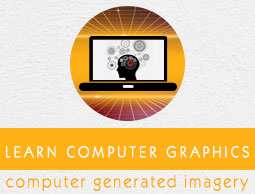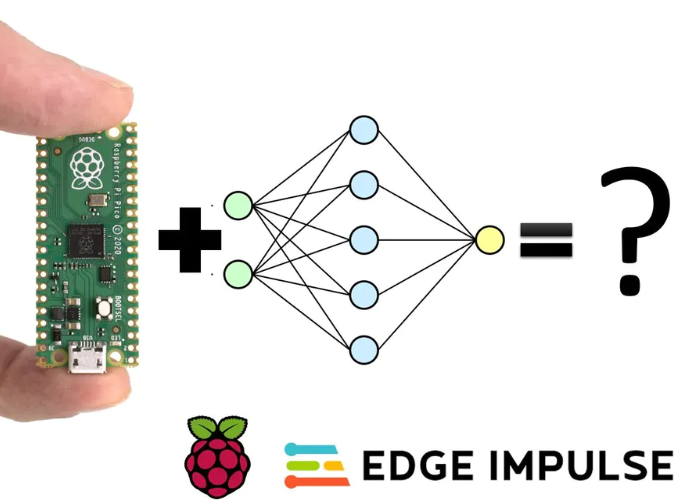
AI is a rapidly developing field. This webinar will provide an overview of the potential role AI could play in the workplace. APUS faculty member Dr. Wanda Curlee will discuss AI and its role in the workplace. She will also talk about how AI can improve workplace productivity. This webinar is a wonderful introduction to AI/machine learning.
AI is a subset CompSci
AI is an area of computer science that involves enabling machines to carry out tasks that used to be done by humans. This field works to develop algorithms and computer programs that can be trained in order to learn from large volumes of data. These applications can range from image analysis to predictive analyses.
The field of AI is rapidly evolving and has endless applications. AI technology can automate tasks such as text processing and resource management. Intelligent cameras are just a few of the many uses that AI technology has. This webinar will cover some of the most innovative applications of AI as well as introduce the latest technologies.

AI has come so far since its 1956 origins at Dartmouth College. This conference was the place where many of the world's top researchers met with industry leaders. It is also where AI began to take root. The field has seen many advancements since then. In particular, advances in computer vision and robotics have been made. These advances have made AI a real possibility.
Machine learning is an aspect of AI.
Machine learning is the process of creating algorithms for predicting future behaviors. It has been used in many applications. These include Google filtering spam and malware, as well as banks detecting suspicious transactions. It is also used in voice recognition software, such Amazon's Alexa. Doctors can also interpret test results using machine learning algorithms.
Machine learning, a subset in artificial intelligent system, is a technique that trains machines to learn from past experience. Unlike traditional artificial intelligence, which requires explicit programming, machine learning algorithms learn from experience and evolve over time. These algorithms can be classified into one of two types: unsupervised or supervising. Reinforcement Learning uses algorithms that learn from data and adjust their weights in order to account for variables.
One of the main goals of machine-learning is to minimize error in predictions when compared with the ground truth. An error function can be used to calculate the difference between the model's estimate of a given example and the known example. This "evaluate and optimize" process is repeated over again until an acceptable level of accuracy is achieved.

It is a subset CompSci
CompSci's Artificial Intelligence Institute webinars include a free webinar entitled "Augmented Intelligence". This webinar series introduces the basic concepts of AI. The webinar series also includes case studies and insights for business. These webinars are free and hosted by top researchers in the field, including Intel faculty members and CompSci faculty.
Artificial intelligence is a branch in computer science that draws on many fields such as neuroscience, psychology and cognitive science. This branch has many applications in many fields, such as software development and engineering. There are many branches of AI that are interconnected, including neural networks.
Although the idea of an AI-powered machine that can think and learn on its own is not new, it has taken time for this field to mature. AI research was launched at Dartmouth College in 1956, with the first AI conference. It attracted both major industry and government leaders. AI has seen significant improvements since then. The GPS algorithm developed by Simon and Newell was a major step forward but it did not have the sophistication necessary to solve complex problems. McCarthy and Weizenbaum also made significant progress with their Lisp programming language and ELIZA natural processing program. These breakthroughs set the stage for chatbots, and other AI systems.
FAQ
Which AI technology do you believe will impact your job?
AI will replace certain jobs. This includes drivers, taxi drivers as well as cashiers and workers in fast food restaurants.
AI will create new jobs. This includes data scientists, project managers, data analysts, product designers, marketing specialists, and business analysts.
AI will make existing jobs much easier. This includes accountants, lawyers as well doctors, nurses, teachers, and engineers.
AI will make existing jobs more efficient. This applies to salespeople, customer service representatives, call center agents, and other jobs.
Who invented AI and why?
Alan Turing
Turing was conceived in 1912. His father was clergyman and his mom was a nurse. He was an excellent student at maths, but he fell apart after being rejected from Cambridge University. He began playing chess, and won many tournaments. After World War II, he was employed at Bletchley Park in Britain, where he cracked German codes.
1954 was his death.
John McCarthy
McCarthy was born 1928. Before joining MIT, he studied maths at Princeton University. He created the LISP programming system. He had already created the foundations for modern AI by 1957.
He died on November 11, 2011.
What is the current state of the AI sector?
The AI industry is growing at an unprecedented rate. Over 50 billion devices will be connected to the internet by 2020, according to estimates. This will enable us to all access AI technology through our smartphones, tablets and laptops.
This shift will require businesses to be adaptable in order to remain competitive. If they don't, they risk losing customers to companies that do.
Now, the question is: What business model would your use to profit from these opportunities? What if people uploaded their data to a platform and were able to connect with other users? You might also offer services such as voice recognition or image recognition.
Whatever you choose to do, be sure to think about how you can position yourself against your competition. Even though you might not win every time, you can still win big if all you do is play your cards well and keep innovating.
How does AI affect the workplace?
It will change the way we work. We will be able automate repetitive jobs, allowing employees to focus on higher-value tasks.
It will increase customer service and help businesses offer better products and services.
It will allow us to predict future trends and opportunities.
It will enable companies to gain a competitive disadvantage over their competitors.
Companies that fail AI will suffer.
Statistics
- That's as many of us that have been in that AI space would say, it's about 70 or 80 percent of the work. (finra.org)
- More than 70 percent of users claim they book trips on their phones, review travel tips, and research local landmarks and restaurants. (builtin.com)
- The company's AI team trained an image recognition model to 85 percent accuracy using billions of public Instagram photos tagged with hashtags. (builtin.com)
- According to the company's website, more than 800 financial firms use AlphaSense, including some Fortune 500 corporations. (builtin.com)
- In the first half of 2017, the company discovered and banned 300,000 terrorist-linked accounts, 95 percent of which were found by non-human, artificially intelligent machines. (builtin.com)
External Links
How To
How to set up Amazon Echo Dot
Amazon Echo Dot is a small device that connects to your Wi-Fi network and allows you to use voice commands to control smart home devices like lights, thermostats, fans, etc. You can say "Alexa" to start listening to music, news, weather, sports scores, and more. You can ask questions and send messages, make calls and send messages. It works with any Bluetooth speaker or headphones (sold separately), so you can listen to music throughout your house without wires.
Your Alexa enabled device can be connected via an HDMI cable and/or wireless adapter to your TV. You can use the Echo Dot with multiple TVs by purchasing one wireless adapter. Multiple Echoes can be paired together at the same time, so they will work together even though they aren’t physically close to each other.
To set up your Echo Dot, follow these steps:
-
Your Echo Dot should be turned off
-
You can connect your Echo Dot using the included Ethernet port. Make sure to turn off the power switch.
-
Open the Alexa app on your phone or tablet.
-
Select Echo Dot to be added to the device list.
-
Select Add New.
-
Select Echo Dot (from the drop-down) from the list.
-
Follow the instructions.
-
When asked, type your name to add to your Echo Dot.
-
Tap Allow access.
-
Wait until the Echo Dot successfully connects to your Wi Fi.
-
Repeat this process for all Echo Dots you plan to use.
-
Enjoy hands-free convenience